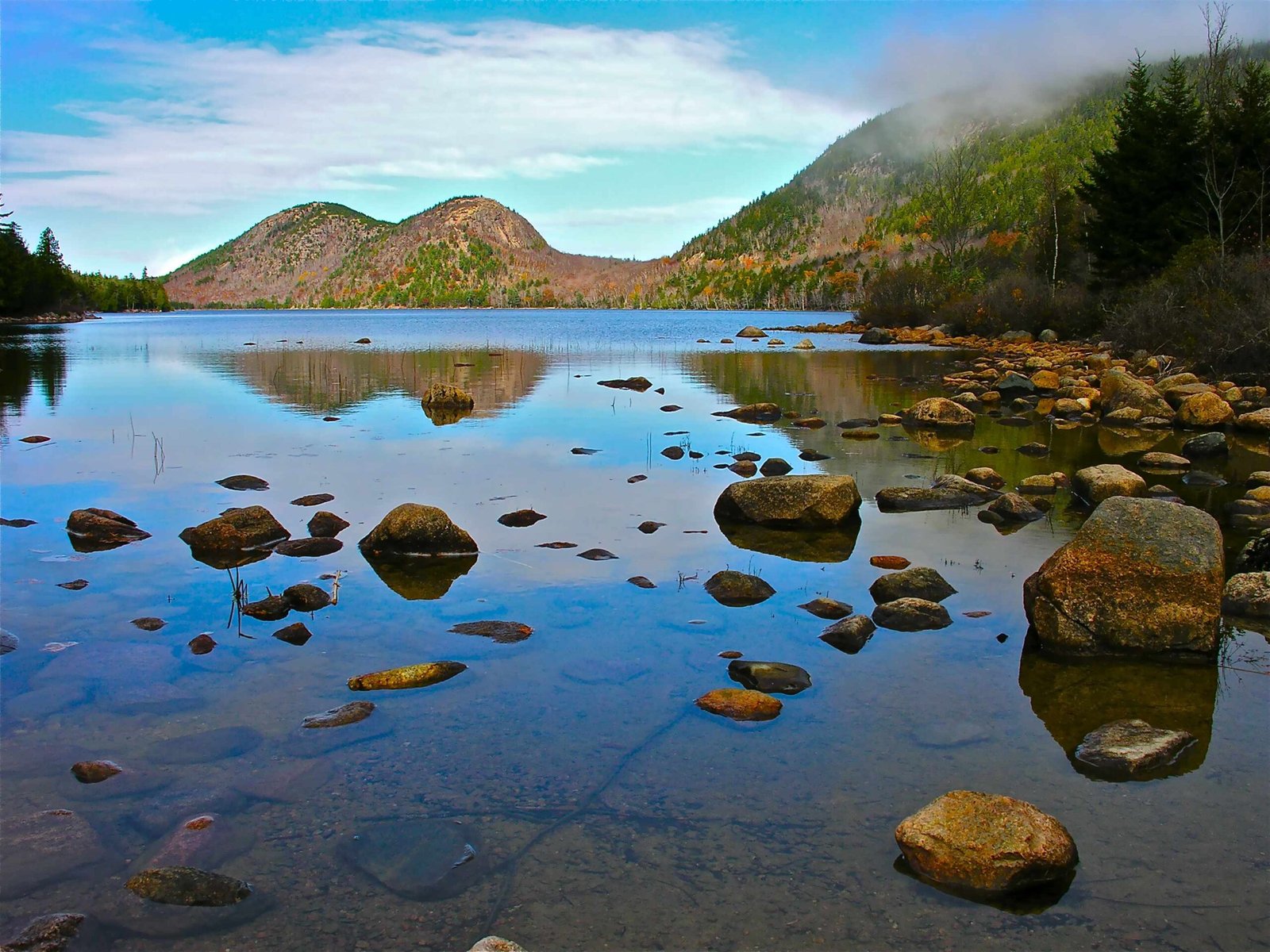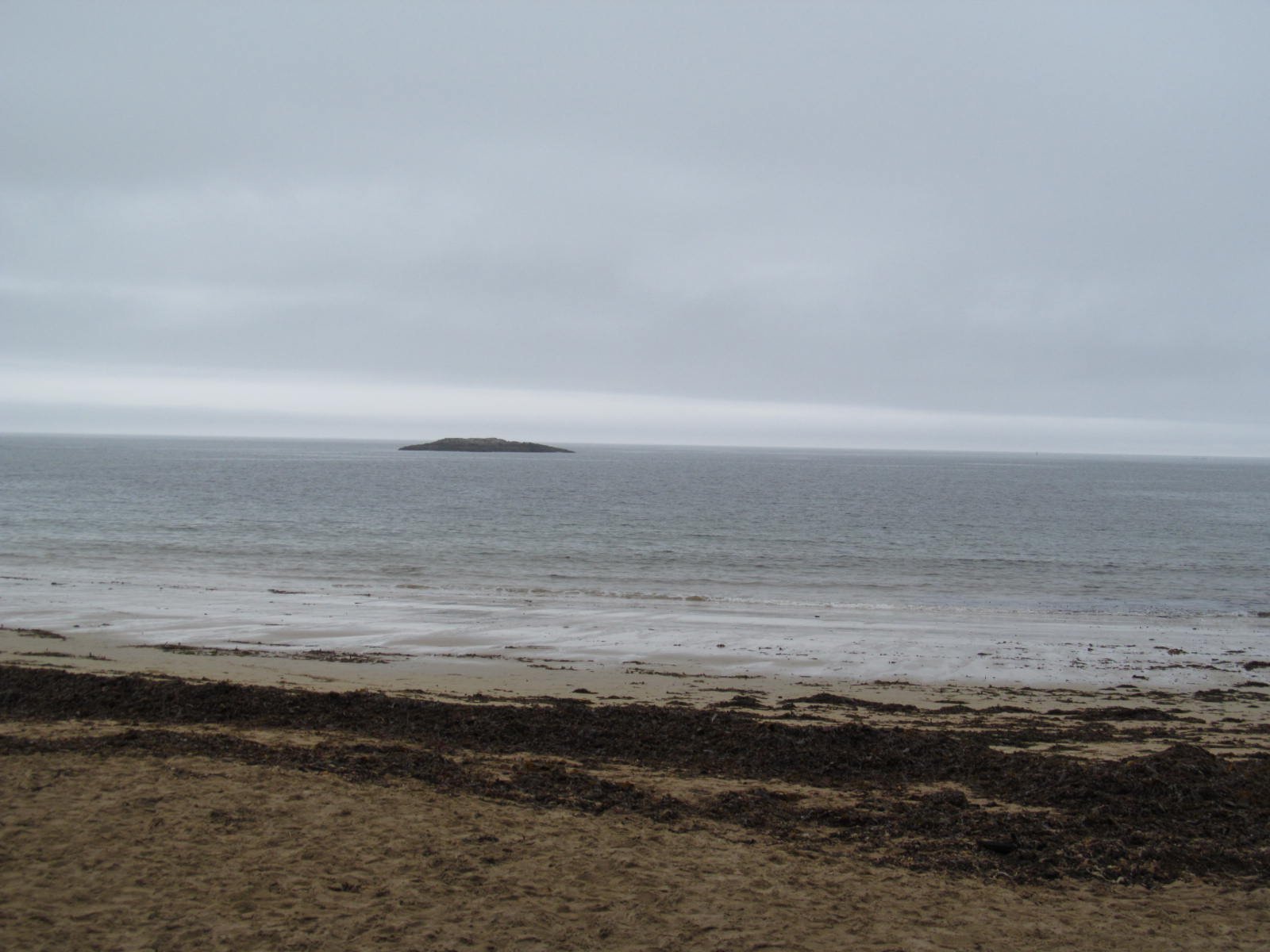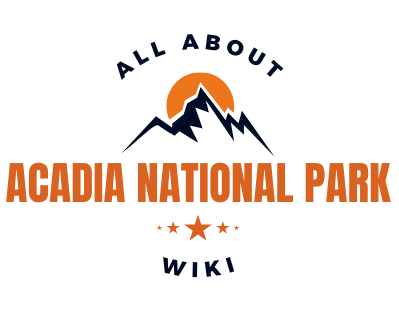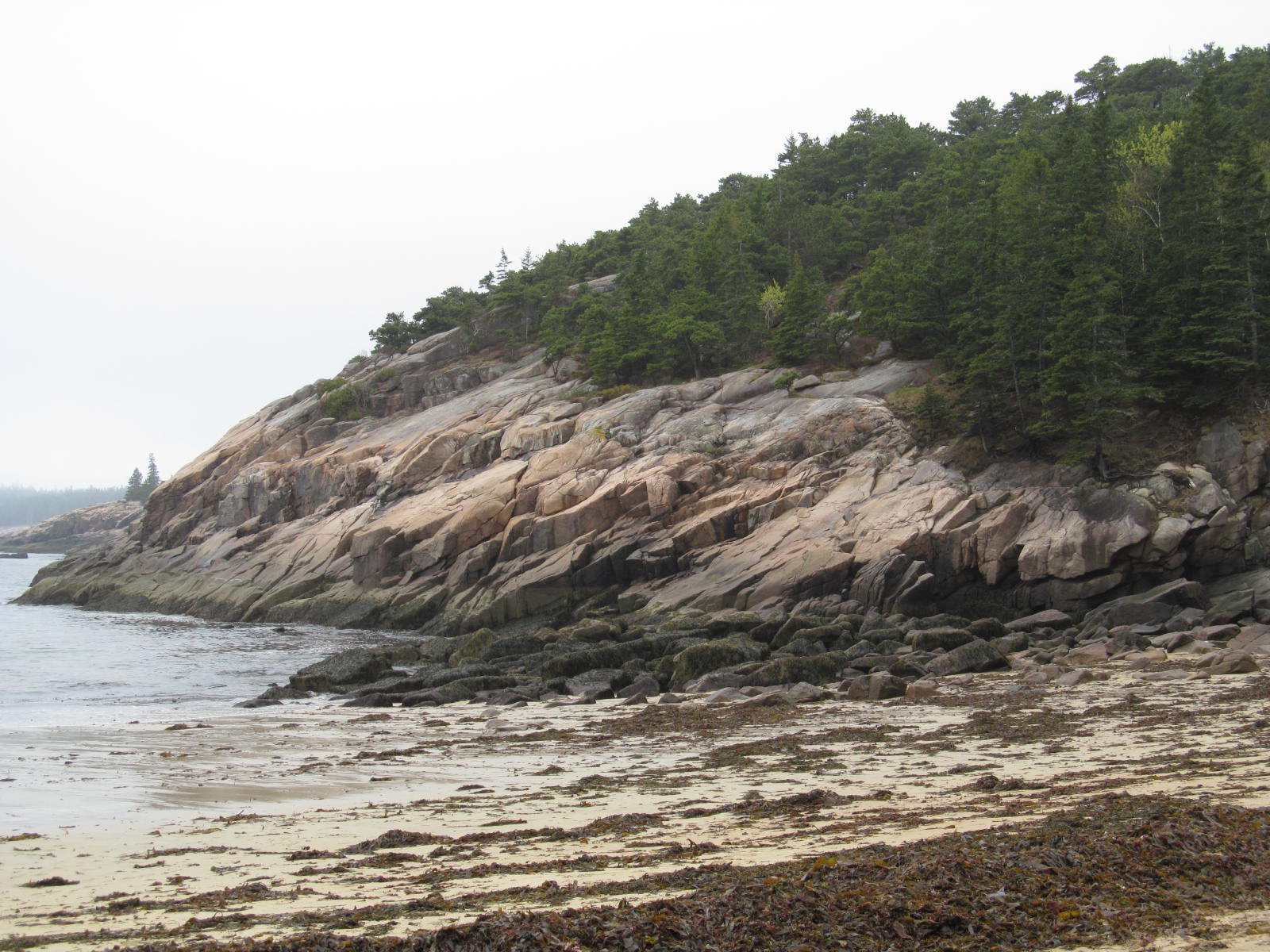Acadia National Park’s tidal chart is a crucial tool for visitors planning coastal activities. The park’s dramatic tides, influenced by Bar Harbor’s tidal patterns, create unique landscapes and opportunities for exploration. Understanding these tidal fluctuations is essential for safety and optimal experience. This guide provides comprehensive information on tidal charts, schedules, and visitor amenities to enhance your Acadia adventure.
What Are the Key Features of Acadia National Park’s Tidal Chart?

Acadia National Park’s tidal chart is characterized by significant variations between high and low tides, often exceeding 10 feet. These dramatic changes shape the park’s coastal landscape, creating opportunities for tide pool exploration, coastal walks, and unique photographic moments. The tides are influenced by lunar phases, with more extreme tides occurring during full and new moons.
Key features of the tidal chart include:
- Twice-daily high and low tides
- Significant tidal range, often over 10 feet
- Influence of lunar phases on tidal extremes
- Seasonal variations in tidal patterns
How Do Tidal Patterns Affect Visitor Activities in Acadia?

Tidal patterns in Acadia National Park significantly impact visitor activities, especially along the coastline. Understanding these patterns is crucial for planning your visit:
- Tide Pool Exploration: Low tides reveal rich marine ecosystems in tide pools.
- Coastal Hiking: Some trails may be inaccessible during high tides.
- Photography: Dramatic landscapes change with tidal shifts, offering unique photo opportunities.
- Boating and Kayaking: Water levels affect accessibility to certain areas.
- Beach Activities: Sandy beaches expand during low tides, offering more space for recreation.
What Are the Specific Tide Times and Heights for November 2024?
For November 2024, here’s a sample of tidal information for Bar Harbor, which is indicative of Acadia National Park’s tides:
| Date | Low Tide | High Tide |
|---|---|---|
| Nov 27 | 5:19 AM (1.4 ft), 5:49 PM (0.4 ft) | 11:25 AM (11.1 ft), 11:58 PM (9.9 ft) |
| Nov 28 | 6:18 AM (-1.0 ft), 6:29 PM (0.3 ft) | 12:10 PM (11.1 ft), 12:40 AM (11.2 ft) |
| Nov 29 | 7:09 AM (-0.8 ft), 7:18 PM (0.5 ft) | 1:06 PM (11.0 ft), 1:34 AM (11.3 ft) |
Notable tidal events:
– High tides typically occur in late morning and late evening.
– Low tides are usually in early morning and late afternoon.
– Tidal heights range from -1.1 ft to 12.7 ft throughout the month.
What Amenities Are Available for Tide-Watching in Acadia?
Acadia National Park offers various amenities to enhance your tide-watching experience:
- Parking Areas:
- Thunder Hole parking lot
- Jordan Pond parking lot
-
Sand Beach parking area
-
Accessibility Options:
- Wheelchair-friendly paths along some coastal areas
-
Accessible viewing platforms at key locations
-
Guided Activities:
- Ranger-led tide pool walks
- Coastal hikes timed with tidal changes
-
Educational programs on marine ecosystems
-
Visitor Centers:
- Provide up-to-date tidal information
- Offer maps and guides for self-guided exploration
How Can Visitors Use the Tidal Chart for Planning Their Trip?
Effective use of Acadia National Park’s tidal chart can significantly enhance your visit:
- Plan Activities Around Tides:
- Schedule tide pool explorations during low tides
- Time coastal hikes when trails are fully accessible
-
Plan photography sessions during dramatic tidal changes
-
Safety Considerations:
- Be aware of incoming tides to avoid getting stranded
-
Check tide times before exploring caves or remote beaches
-
Optimal Viewing Times:
- Visit popular spots like Thunder Hole during incoming high tides for spectacular wave action
-
Explore expansive sand flats during low tides at places like Bar Island
-
Wildlife Observation:
- Look for shore birds feeding during low tides
- Watch for marine life in exposed tide pools
What Are the Best Locations for Observing Tidal Changes in Acadia?
Acadia National Park offers several prime locations for observing tidal changes:
- Thunder Hole:
- Best during incoming high tide
-
Spectacular wave action and sound effects
-
Bar Island:
- Accessible by foot during low tide
-
Offers unique perspective on tidal range
-
Schoodic Point:
- Less crowded area for tide watching
-
Dramatic wave action during high tides
-
Little Hunters Beach:
- Cobblestone beach with noticeable tidal changes
-
Good for observing tidal impact on shoreline
-
Otter Cliff:
- Stunning views of tidal effects on rocky coastline
- Popular spot for photographers
How Do Seasonal Changes Affect Acadia’s Tidal Patterns?
Seasonal variations play a role in Acadia’s tidal patterns:
- Spring:
- Increased tidal ranges due to spring equinox
-
More extreme high and low tides
-
Summer:
- Generally more moderate tidal ranges
-
Ideal for most coastal activities
-
Fall:
- Gradual increase in tidal extremes
-
November sees significant tidal variations
-
Winter:
- Potential for storm surges affecting tidal patterns
- Ice formation can impact coastal areas during extreme low tides
What Safety Precautions Should Visitors Take Regarding Tides?
Safety is paramount when exploring Acadia’s tidal areas:
- Always Check Tide Times:
- Consult updated tidal charts before coastal activities
-
Be aware of incoming tides to avoid getting stranded
-
Observe Warning Signs:
- Pay attention to posted warnings about dangerous areas
-
Respect closures and restricted areas
-
Proper Footwear:
- Wear sturdy, non-slip shoes for exploring rocky areas
-
Be prepared for slippery surfaces
-
Stay Alert:
- Be aware of your surroundings and changing conditions
-
Waves can be unpredictable, especially during stormy weather
-
Inform Others:
- Let someone know your plans when exploring remote areas
- Carry a means of communication
By understanding and respecting Acadia National Park’s tidal chart, visitors can safely enjoy the park’s stunning coastal features and unique marine environments. Whether you’re planning a photography session, a tide pool exploration, or a scenic coastal hike, the tidal information provided here will help you make the most of your Acadia experience.

